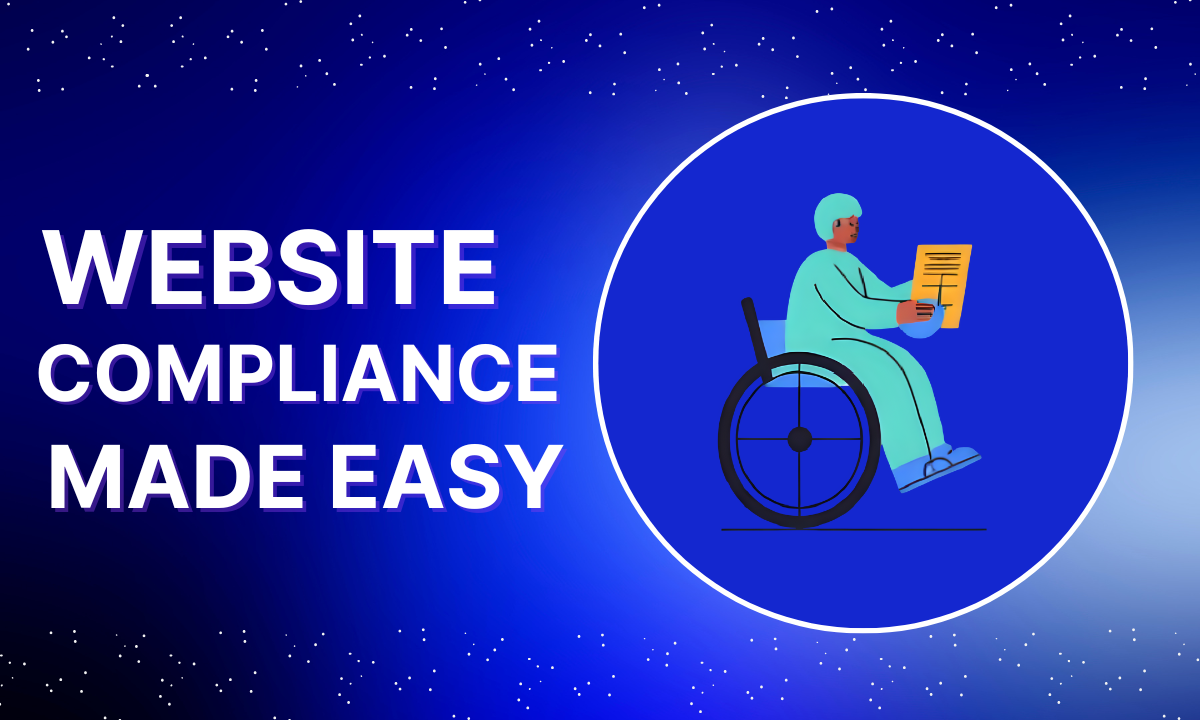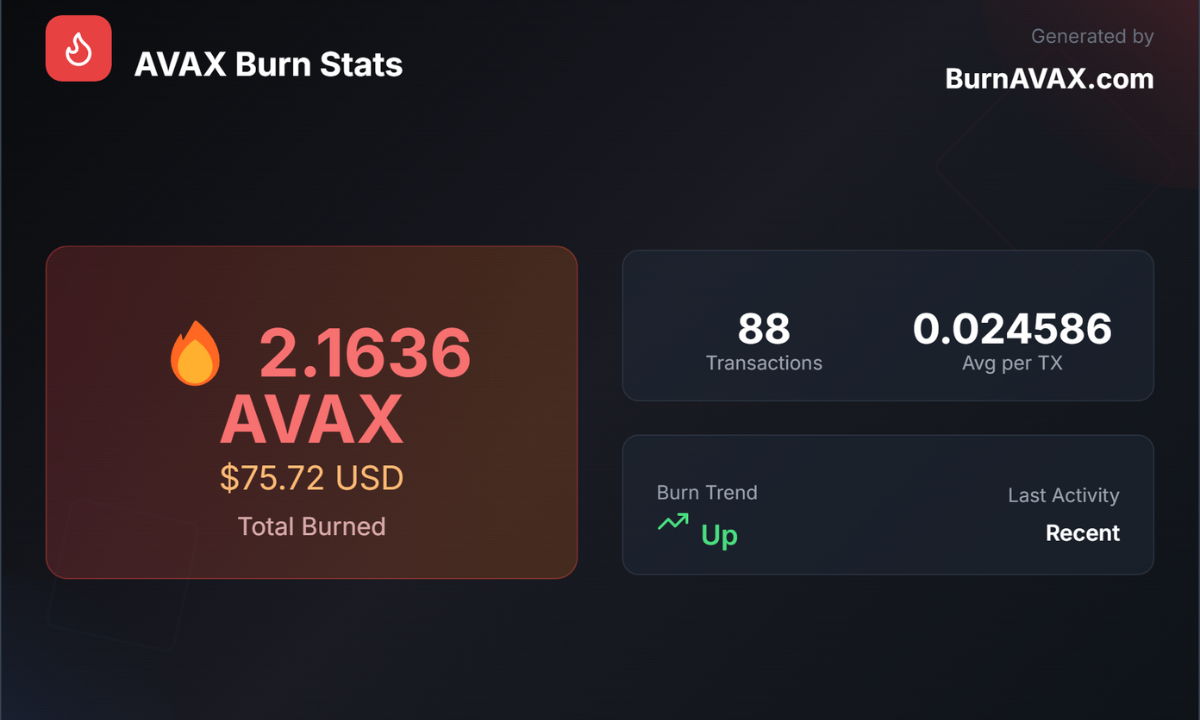How to Ensure Your Website is ADA and WCAG Compliant: A Webmaster’s Guide
Creating an accessible website is no longer optional—it’s a necessity. With the Americans with Disabilities Act (ADA) and Web Content Accessibility Guidelines (WCAG) setting the standard for digital inclusivity, webmasters must prioritize accessibility to ensure their sites are usable by everyone, including those with disabilities. Non-compliance can lead to legal risks, poor user experience, and missed opportunities for broader audience engagement. This guide outlines the best ways to check a website for ADA and WCAG compliance, offering practical steps for webmasters to make their sites accessible.
Understanding ADA and WCAG Compliance
The ADA, a U.S. civil rights law, prohibits discrimination against individuals with disabilities, including in digital spaces. While the ADA doesn’t explicitly outline web accessibility standards, courts have increasingly interpreted it to apply to websites, especially those of public accommodations like e-commerce platforms or service providers.
WCAG, developed by the World Wide Web Consortium (W3C), provides detailed guidelines for making web content accessible. The latest version, WCAG 2.1, includes principles like Perceivable, Operable, Understandable, and Robust (POUR), with three levels of conformance: A, AA, and AAA. Most organizations aim for Level AA compliance, as it balances accessibility with practicality.
Why Accessibility Matters
Accessible websites benefit everyone. They improve user experience, boost SEO (search engines favor accessible sites), and expand audience reach. Studies show that 1 in 4 adults in the U.S. has a disability, making accessibility a critical factor for inclusivity. Additionally, non-compliance can lead to lawsuits, with thousands of ADA-related web accessibility cases filed annually.
Step 1: Conduct an Automated Accessibility Audit
Automated tools are a great starting point for checking compliance. These tools scan websites for common accessibility issues, such as missing alt text, improper heading structures, or insufficient color contrast. Popular tools include:
- WAVE: A free browser extension that highlights accessibility errors and provides detailed explanations.
- axe DevTools: A robust tool for developers, offering integration with browsers and code editors.
- Lighthouse: Built into Google Chrome’s DevTools, it evaluates accessibility alongside performance and SEO.
To use these tools, install the browser extension or run a scan via the tool’s website. For example, WAVE provides a visual overlay of errors, alerts, and structural elements. However, automated tools only catch about 30-40% of accessibility issues, so manual testing is essential for full compliance.
Step 2: Perform Manual Testing
Manual testing ensures that issues missed by automated tools are addressed. Key areas to focus on include:
Keyboard Navigation
Many users rely on keyboards instead of a mouse. Test the website by navigating with the Tab, Enter, and arrow keys. Ensure all interactive elements (links, buttons, forms) are reachable and functional without a mouse.
Screen Reader Compatibility
Screen readers like NVDA (Windows) or VoiceOver (macOS) are critical for visually impaired users. Test the site with a screen reader to verify that content is read in a logical order, images have descriptive alt text, and interactive elements are announced correctly.
Color Contrast
Low contrast between text and background can make content unreadable. Use tools like WebAIM’s Contrast Checker to ensure a minimum contrast ratio of 4.5:1 for normal text and 3:1 for large text, as required by WCAG Level AA.
Form Accessibility
Forms must include clear labels, error messages, and instructions. Ensure form fields are associated with labels using the <label> tag and that error messages are descriptive (e.g., “Please enter a valid email address” instead of “Invalid input”).
Step 3: Review Semantic HTML and ARIA Landmarks
Proper HTML structure is the backbone of accessibility. Use semantic elements like <header>, <nav>, <main>, and <footer> to define page regions. These help screen readers understand the site’s layout.
Accessible Rich Internet Applications (ARIA) landmarks enhance interactivity. For example, use role="button" for custom buttons or aria-label to provide context for ambiguous elements. However, avoid overusing ARIA—rely on native HTML whenever possible to prevent conflicts.
Step 4: Test with Real Users
Engage users with disabilities to test the website. Their feedback provides insights into real-world usability. Organizations like Knowbility offer accessibility testing services, connecting webmasters with diverse user groups. Alternatively, recruit testers through local disability advocacy groups.
Step 5: Check for Mobile Accessibility
With mobile browsing accounting for over half of web traffic, ensure the site is accessible on smartphones and tablets. Test touch targets (e.g., buttons should be at least 44x44 pixels), responsive design, and compatibility with mobile screen readers like TalkBack (Android) or VoiceOver (iOS).
Step 6: Document and Monitor Compliance
Create an accessibility statement outlining the site’s compliance efforts and contact information for feedback. Regularly monitor the site using automated tools and manual audits, especially after updates. Tools like Siteimprove offer ongoing monitoring and reporting to maintain compliance.
Common Pitfalls to Avoid
- Relying Solely on Automated Tools: They miss nuanced issues like illogical heading orders or poor alt text quality.
- Ignoring Multimedia: Videos need captions, and audio needs transcripts to meet WCAG standards.
- Neglecting Ongoing Maintenance: New content or design changes can introduce accessibility issues.
Legal and Ethical Considerations
Beyond avoiding lawsuits, accessibility aligns with ethical business practices. Inclusive websites demonstrate a commitment to diversity and equity, fostering trust and loyalty among users. Regularly review ADA and WCAG guidelines to stay compliant with evolving standards.
Getting Started with Accessibility
For webmasters new to accessibility, start small:
- Run an automated audit to identify low-hanging fruit like missing alt text or broken links.
- Fix critical issues, such as keyboard navigation and color contrast.
- Gradually implement manual testing and user feedback.
- Train the team on accessibility best practices using resources like W3C’s Web Accessibility Initiative.
Conclusion
Ensuring ADA and WCAG compliance is a journey, not a one-time task. By combining automated audits, manual testing, user feedback, and ongoing monitoring, webmasters can create inclusive websites that meet legal and ethical standards. Start with the tools and steps outlined in this guide to build a more accessible digital presence, benefiting users and boosting the site’s overall performance.






